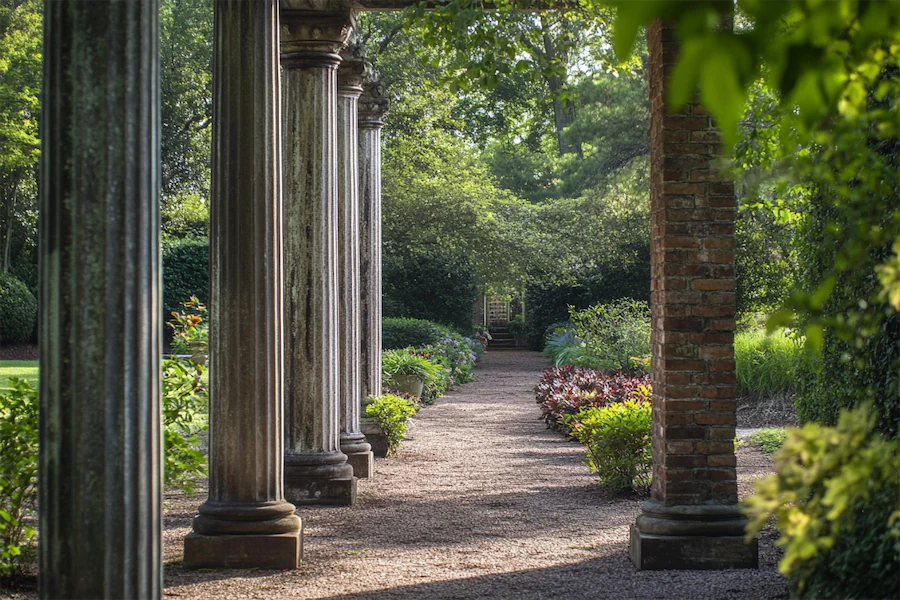Classical columns are fundamental elements of ancient Greek and Roman architecture, characterized by their distinct styles and proportions. These columns not only served structural purposes but also conveyed aesthetic ideals of harmony and order. The primary classical orders include Doric, Ionic, and Corinthian, each with unique features.
Introduction to Classical Columns
In classical architecture, columns are vertical structures designed to support entablatures and roofs. Beyond their structural role, they are integral to the visual language of classical design, embodying principles of proportion, balance, and beauty. The design of a column encompasses the base, shaft, and capital, with variations defining the different orders.
History and Origins of Classical Columns
The development of classical columns began in ancient Greece, where architects established distinct orders that were later adopted and adapted by the Romans. These orders provided a framework for architectural design, influencing building practices for centuries.
Key Features of Classical Columns
Doric Order
The Doric order is the earliest and simplest, characterized by:
- Capital: Plain, unadorned design.
- Shaft: Fluted with 20 grooves, typically without a base, resting directly on the stylobate.
- Proportions: Sturdy and robust, conveying a sense of strength.
The Parthenon in Athens is a quintessential example of Doric architecture.
Ionic Order
The Ionic order is more slender and decorative, featuring:
- Capital: Scroll-like volutes.
- Shaft: Fluted with 24 grooves, standing on a base.
- Proportions: Elegant and graceful, with an 8:1 height-to-diameter ratio.
The Temple of Athena Nike exemplifies the Ionic order.
Corinthian Order
The Corinthian order is the most ornate, distinguished by:
- Capital: Elaborate acanthus leaves and scrolls.
- Shaft: Similar to the Ionic but more slender.
- Proportions: Tall and decorative, often used to convey grandeur.
The Temple of Olympian Zeus in Athens showcases Corinthian columns.
Applications of Classical Columns
Classical columns have been employed in various architectural contexts:
- Temples: Serving both structural and symbolic purposes.
- Public Buildings: Imparting a sense of authority and permanence.
- Residential Architecture: Incorporated in porticos and facades to convey elegance.
In contemporary design, classical columns are adapted for aesthetic appeal, often using modern materials while preserving traditional proportions.
Considerations When Incorporating Classical Columns
- Material Selection: Modern materials like reinforced concrete or composites can mimic traditional stone, offering durability and reduced maintenance.
- Proportional Accuracy: Maintaining classical proportions ensures visual harmony; deviations can affect the intended aesthetic.
- Contextual Appropriateness: Aligning column design with the building’s overall style and surrounding environment is crucial for cohesive architecture.
Conclusion
Classical columns remain enduring symbols of architectural excellence, embodying the principles of beauty, strength, and functionality. Their timeless designs continue to influence modern architecture, reflecting a legacy that transcends eras.
